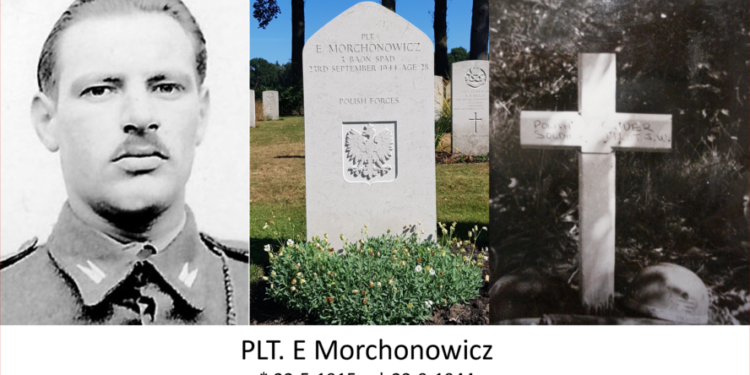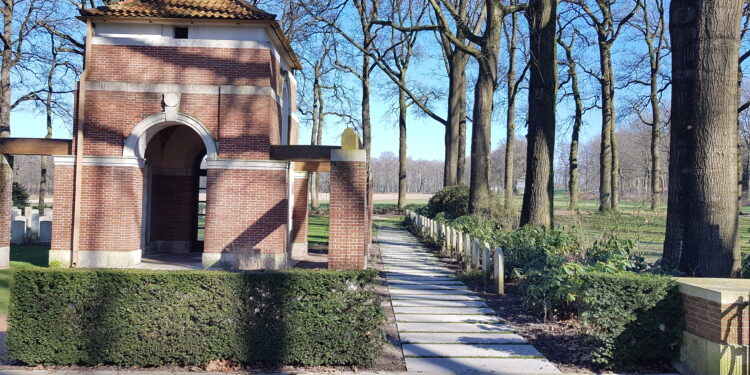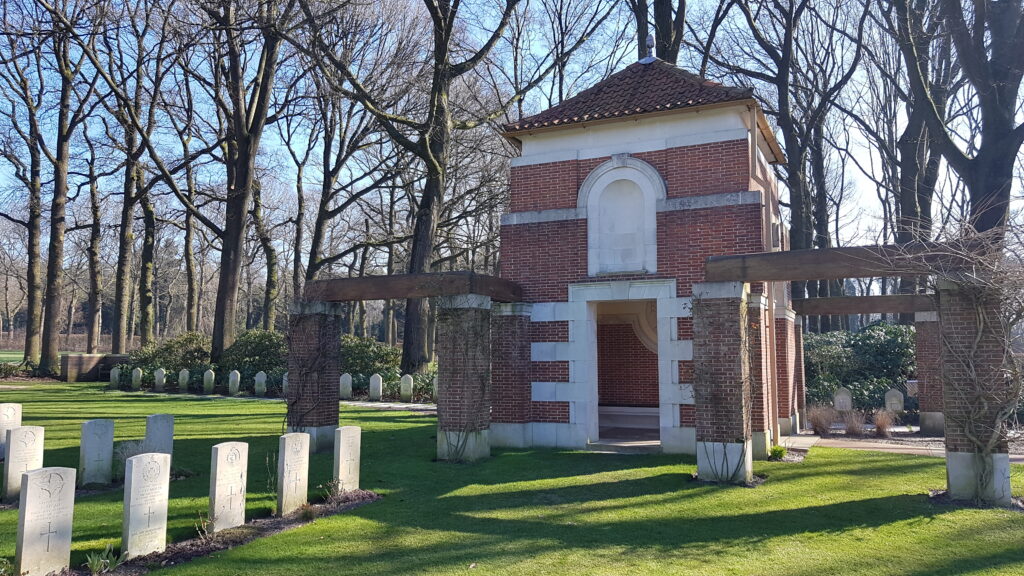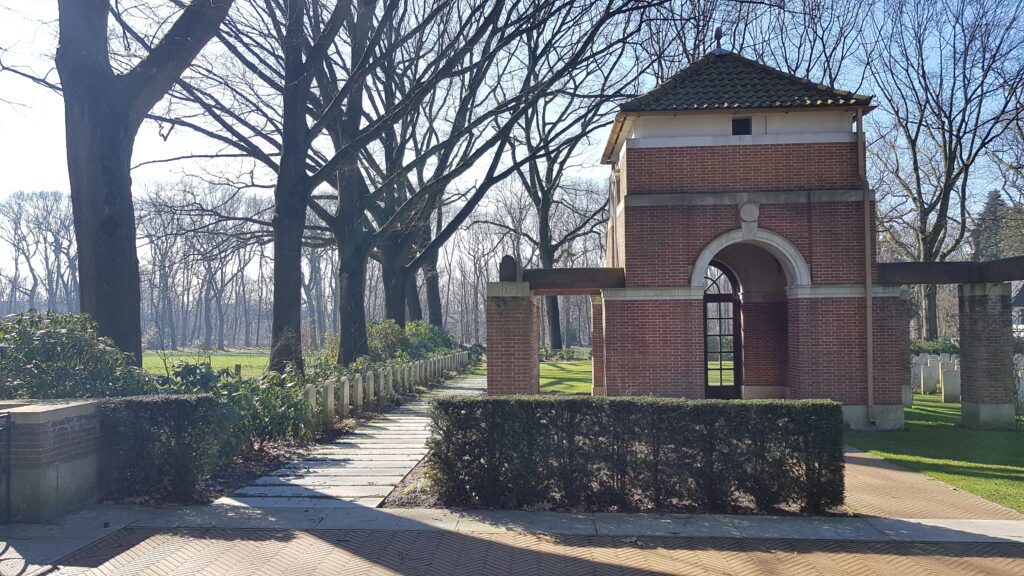Lance Sergeant (Plutonowy in Polish) Edward Morchonowicz from 8th Company 3rd Battalion of Polish 1st Independent Parachute brigade Group. In a pre war Poland he was since 1935 an NCO in 24th Uhlans (cavalry) Regiment in a city of Kraśnik.
Pre war and the September campaign of 1939
In 1938 he took part in seizing Zaolzie, from Czechs, which was occupied since 1920. In 1939 with his regiment he took part in battles against the Sovjets in [HK1] Jordanów-Kasina Wielka, Zegartowice, Leszczyna, Pcim, Głogów-Rzeszów-Łańcut, Radymno, Jaworów, Grzybowice and defence of Lwów. On 20th of September 1939 he crossed the border and was interned in Hungary.
On new years eve of 1940 he arrived in France and became a soldier of 1st Squadron of 10th Armoured Cavalry Brigade. His unit didn’t take part in the French Campaign of April/may 1940. On 26th of June he arrived in England, becoming a soldier of 24th Uhlans Regiment (armoured).
Entering the brigade
In the beginning of 1942 he applied to the Parachute Brigade. As he was a very good instructor and soldier, his superiors refused him. He applied once again. They refuse him again. So he start to drink and behave like the worst one. For that he was demoted to the rank of Corporal and moved to 10th Dragons Battalion. Finally at the end of 1942 his superiors allow him to move to the parachute brigade.
Morchonowicz qualified as a paratrooper, para badge no 2669. Within one and a half year he regained his rank of Lance Sergeant, receiving very good opinions from his new superiors. His friends from the Para Brigade remembered him as a very cheerful and open person. His only disadvantage was that he stuttered while speaking. This disadvantage disappears when he sings and he sings often and plays the accordion.
Once, he disliked a newcomer in his platoon. Other soldiers ask him „Why do you scold him?” He replied, „Because he mocked me”. They told him „He didn’t mock you, he also stutter”. From this on they became friends.
The proud Wachmistrz
He was also remembered as a proud cavalry man. He tries to dress like a cavalryman, wearing despatch rider trousers and boots instead of battledress trousers and ammo boots. The soldiers he knew from his cavalry unit in Poland always said, „You’re not a rifleman, you’re parachute uhlan.” About himself „I’m not Sergeant, I’m parachute Wachmistrz (Sergeant in Polish cavalry, from German Wachtmeister)”.
In Driel and Oosterbeek
He was dropped in Driel on 21st of September from Dakota chalk number 75. On the night of 22nd/23rd of September with his 8th Company he crossed the Rhine in three dinghies, two 2-persons and one 4-persons, „borrowed” at the airfield from Americans. 36 of them crossed the river that night.
On the morning of the 23rd they took positions by the pond on a crossroad of Benedendorpsweg and Kneppelhoutweg. After morning shelling he was found dead, receiving splinter wounds. He was the first victim from soldiers who crossed the Rhine. He was buried by his comrades 70 meters behind positions, as was stated in his battle burial report. Although he was identified by British authorities in 1945, until 2022 he had no known grave.
Rededication
According to research based on Polish and British military and CWGC documents he was buried as an unknown Polish soldier in the grave 18.A.1 in Oosterbeek War Cemetery. Posthumously he was awarded the Cross of Valor.
The tombstone on grave 18.A.1 was changed from ‘unknown Polish soldier’ in de summer of 2022 to the one with his name and details.
PLT.
E MORCHONOWICZ
3 BAON SPAD
23RD SEPTEMBER 1944 AGE 28
On Friday September the 15th 2023 a rededication ceremony was held.
Text, portret and photo fieldgrave via Mateusz Mroz. His research resulted in the rededication of the grave at the ‘Airborne cemetery’ in Oosterbeek. Pictures rededication via Stichting Driel-Polen.




